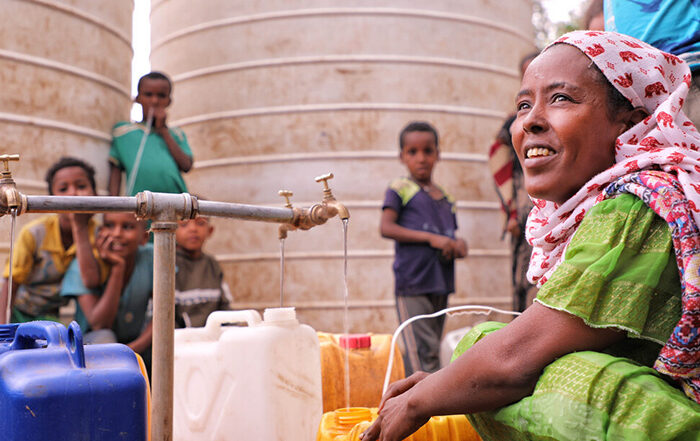
Ethiopia crisis explained
Read and learn about the crisis in Ethiopia, how it's causing thousands to flee and find out how ShelterBox is helping.
The world’s fastest-growing humanitarian crisis is currently unfolding in Burkina Faso.
Over 2 million people need shelter after being forced to flee their homes due to extremist violence.
Read more about what is causing violence in Burkina Faso, learn what the Sahel crisis is, and see how ShelterBox is helping.
Donate now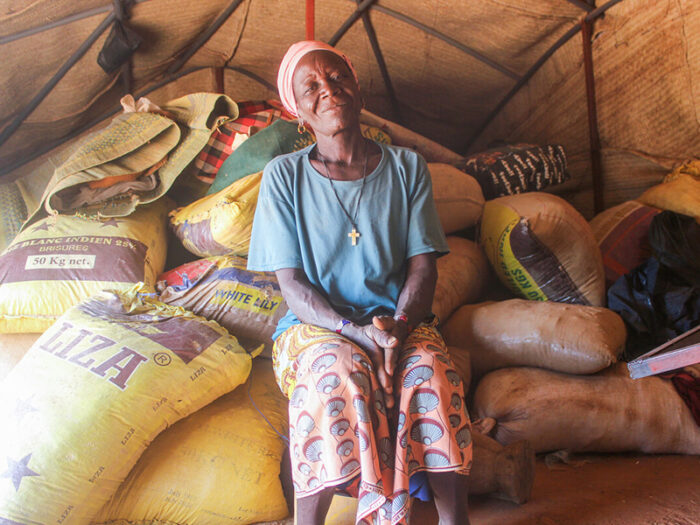

Burkina Faso is under threat from extremist attack in the Sahel, a belt of semi-arid land south of the Sahara Desert.
Less than ten years ago, Burkina Faso seemed like a beacon of stability in West Africa. In 2015 the country held its first democratic election ever, paving the way to what seemed like a bright future.
But since then Burkina Faso has seen an increase in violence from Jihadist groups, spreading from Mali. Armed groups quickly started expanding, crossing borders and setting up local groups across the Sahel region – including Burkina Faso, Mali and Niger.
Since 2019, insecurity has reached devastating levels and the number of Burkinabe people fleeing violence has skyrocketed.
Right now, Burkina Faso is one of the fastest-growing displacement crises in the continent.
According to the UN, more than one in every 20 people are forced to flee the violence.
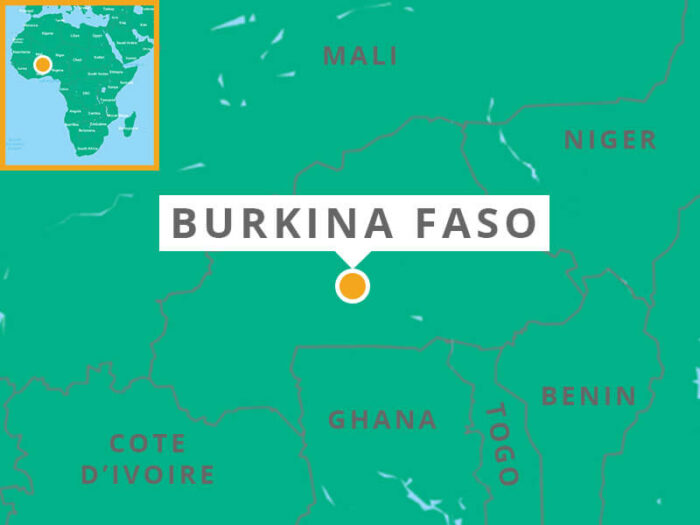
Burkina Faso is a landlocked country situated in West Africa.
The country is surrounded by Mali to the north and west, Niger to the northeast, Benin to the southeast, and Côte d’Ivoire, Ghana, and Togo to the south.
Its capital, Ouagadougou, saw a horrific terrorist attack at the beginning of 2016 which left 28 people dead, and 56 people injured.
The central Sahel region, which includes the countries of Burkina Faso, Mali and Niger, is facing one of the fastest-growing displacement crises in the world.
Yet, it is one of the most forgotten.
It is estimated that over 3 million people have been forced to flee their homes and at least 29 million are in desperate need of humanitarian assistance.
The Sahel region of Africa is a 3,860-kilometre arc-like land mass lying to the immediate south of the Sahara Desert and stretching from east to west across the breadth of the African continent.
Families started fleeing the central Sahel region in 2011, after a violence outbreak in Northern Mali.
Increased displacement was reinforced by poverty, food insecurity, unemployment and the presence of armed groups. Climate change is also a challenge for families trying to flee.
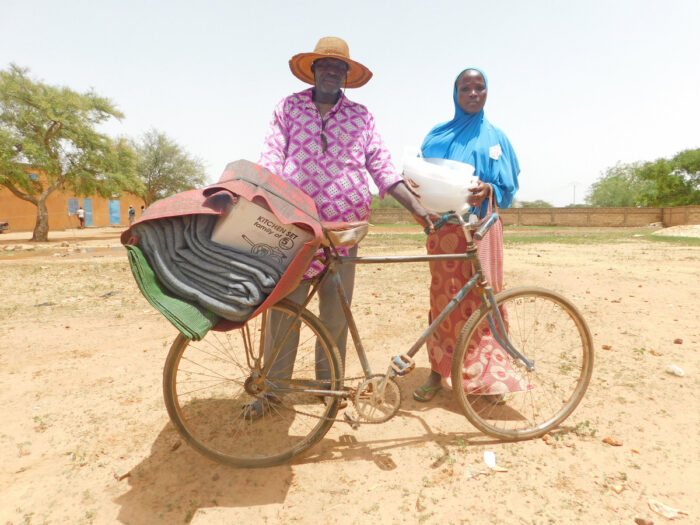

Some of the families forced to flee the violence in Burkina Faso are able to stay with relatives or friends, but many more are in crowded camps or buildings such as schools.
The insecurity and instability make it difficult for aid workers to reach some of the people in need. A lack of resources is further hampering aid efforts across the country’s 13 regions – all of which are hosting displaced people.
Despite the challenges, we have been working with our partner HELP to support the most vulnerable communities. Together we’ve supported over 5,000 families since 2020. We’ve provided tarpaulins, kitchen sets, sleeping mats, blankets, soap and buckets.
Recently, we have been working with HELP to provide aid items and emergency shelters known as Sahelian tents. These tents are constructed from locally sourced materials and offer a more durable structure for displaced families who have fled their homes to escape extremist violence. Further Sahelian tents will be constructed on concrete bases for added protection from flooding, hygiene and privacy.
Donate now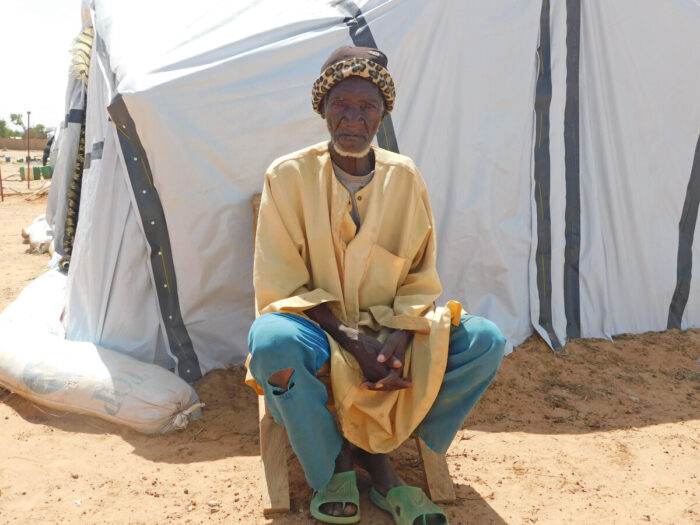

Yabre is one of the thousands of people who fled, leaving everything he owned behind. He is now living with his family in a camp for people who have fled the violence and have nowhere else to go.
We have provided Yabre and his family with tarpaulins, kitchen sets, mosquito nets and other essential aid items.
Yabre described the moment his life changed forever:
“When there were attacks in the market, we had no choice but to flee the village. We fled without taking anything with us. All the livestock remained in one place. We were welcomed in the schools for shelter then we came here.”
You can help more people like Yabre today.
Donate now